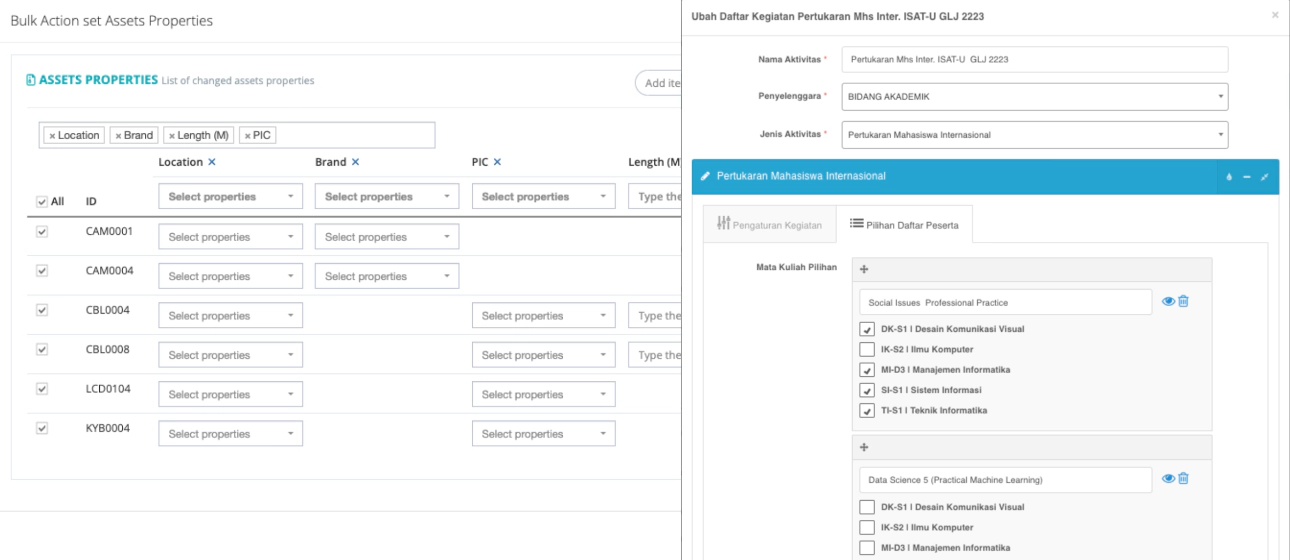© Ituaku.com | All Rights Reserved

Understanding Users as the Foundation. Designing a system based on user orientation and needs ensures that technology truly serves its purpose. When businesses or developers place users at the center of design, they create solutions that are intuitive, accessible, and aligned with real-world behaviors. This approach reduces the gap between what the system offers and what users actually require, preventing frustration and improving overall satisfaction.
Efficiency and Adoption. A user-oriented system leads to higher efficiency and faster adoption. Users are more likely to embrace tools that feel natural, easy to navigate, and directly support their tasks. When the system fits seamlessly into a user’s workflow, it minimizes training time, reduces errors, and improves productivity. In contrast, systems that neglect user needs often face resistance, underutilization, or costly rework.
Long-Term Value and Competitiveness.Prioritizing user needs in system design also builds long-term value. A solution that evolves with user expectations enhances loyalty and ensures continuous engagement. From a business perspective, this not only strengthens competitiveness but also creates a sustainable advantage. In today’s digital landscape—where user experience often determines market winners—designing with a user-first mindset is no longer optional; it is essential.
© Ituaku.com | All Rights Reserved